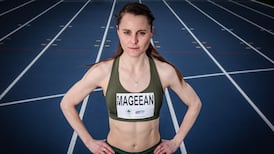Ron Galella made an art of photographing famous people—whether they liked it or not. He specialised in capturing celebrities “unrehearsed, spontaneous”, his hundreds of thousands of photographs making him one of the best-known paparazzi in the United States during a career that spanned more than half a century.
Born in 1931 (and living until the age of 91, earlier this year), Galella photographed everybody from Elvis Presley and Bob Dylan to Muhammad Ali and, perhaps most famously, Jackie Onassis, whom he pursued relentlessly. “He jostled her, hit her with his camera strap to provoke a reaction, and circled her in a power boat while she was swimming,” as the Washington Post reported in 1981, when Onassis went to court to try to stop him (not for the first time) from harassing her.

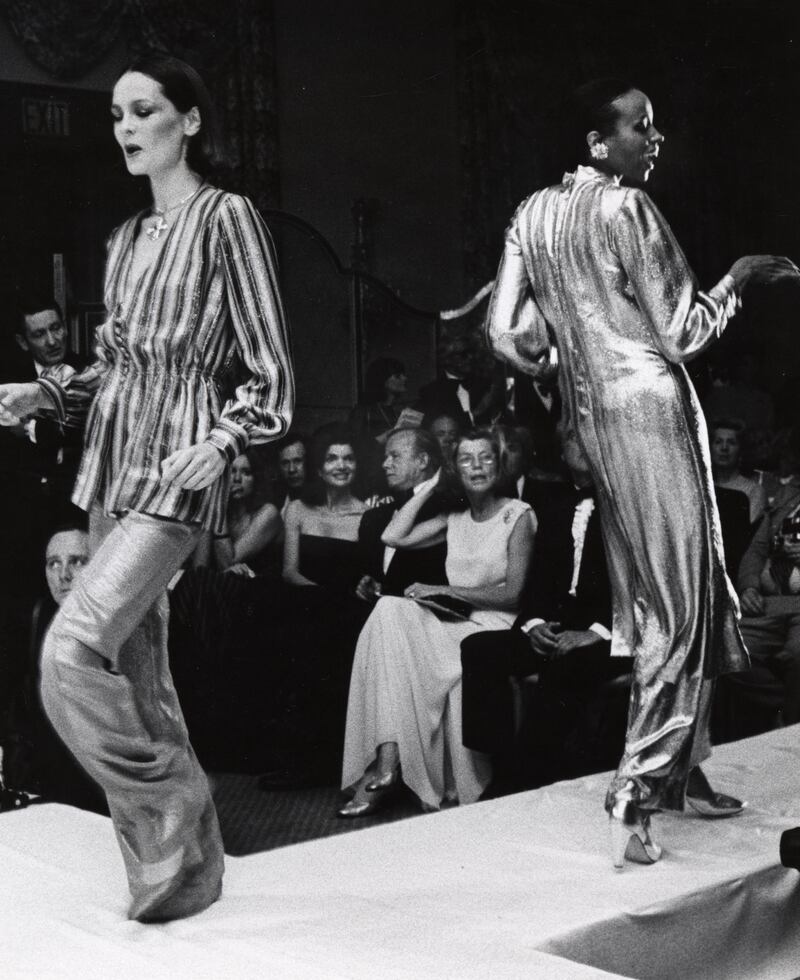
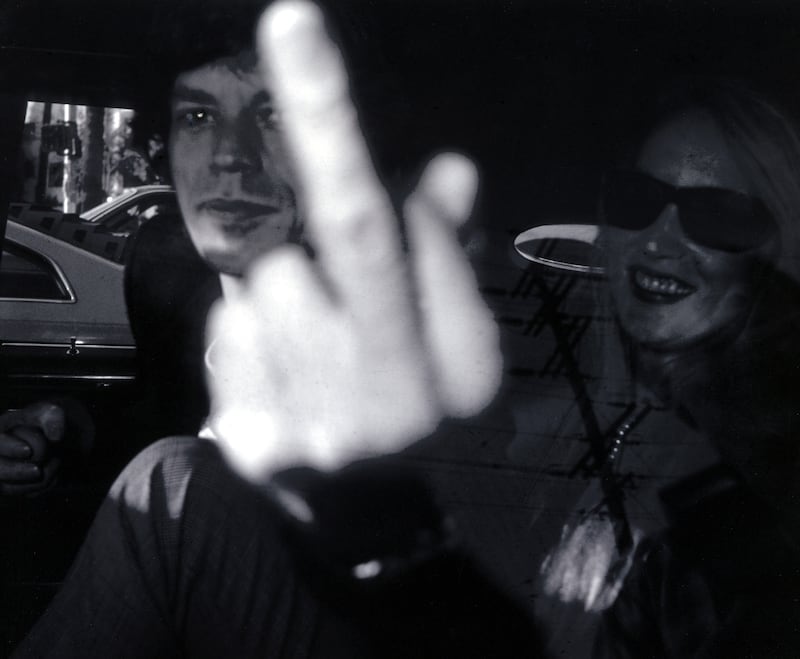

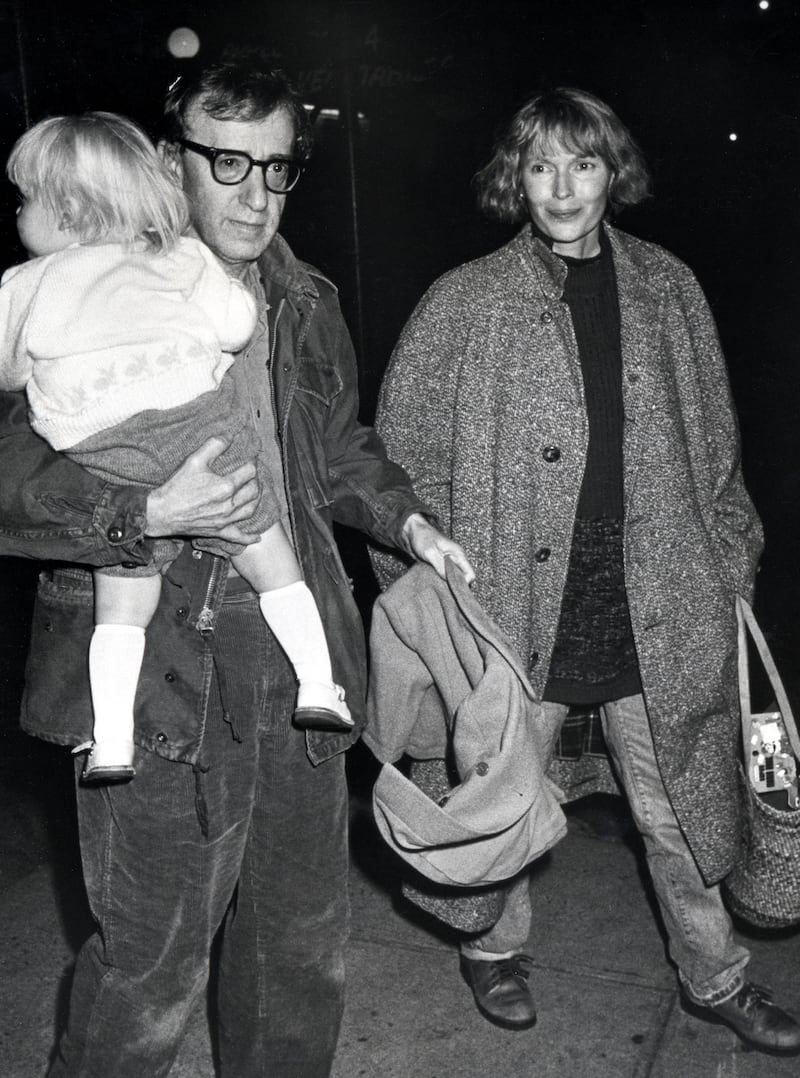
He had run-ins with other well-known targets, as well. In 1973, not too long after Onassis first took out an injunction to bar Galella from coming near her, the photographer had his jaw broken by Marlon Brando, who’d punched him outside a restaurant—knocking out five teeth in the process—for intruding on his privacy once too often. (Galella said Brando later paid him $40,000 in compensation.)
Galella was usually more than happy to go to extremes to get a good photo – once, in London in the 1960s, he spent a weekend hidden in a warehouse by the River Thames, in pursuit of the perfect pap shot of Elizabeth Taylor and Richard Burton, who had docked their barge in front of it.
READ MORE
“I had asked the sailors to tell me when Liz and Richard were going to be on the boat, and one weekend they told me they were having a party,” he told Vanity Fair magazine in 2015. “So I paid off a guy with $15 at 4pm on a Friday to lock me in the warehouse til Monday morning. The first night nothing happened, but then on Saturday, at around 3pm, they got on the boat. They were having a party for their dogs, because they were still under the UK’s quarantine laws and couldn’t step foot on English soil. I took pictures from the fifth floor of the warehouse all afternoon.
“And then the next morning I got them having breakfast and yelling at each other. It was like Who’s Afraid of Virginia Woolf? ... The National Enquirer ran all the pics.”
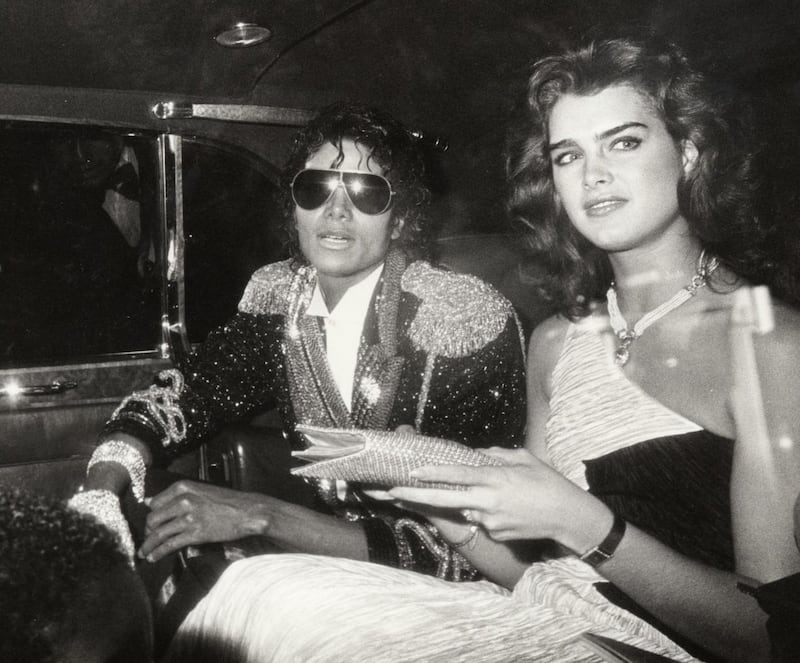
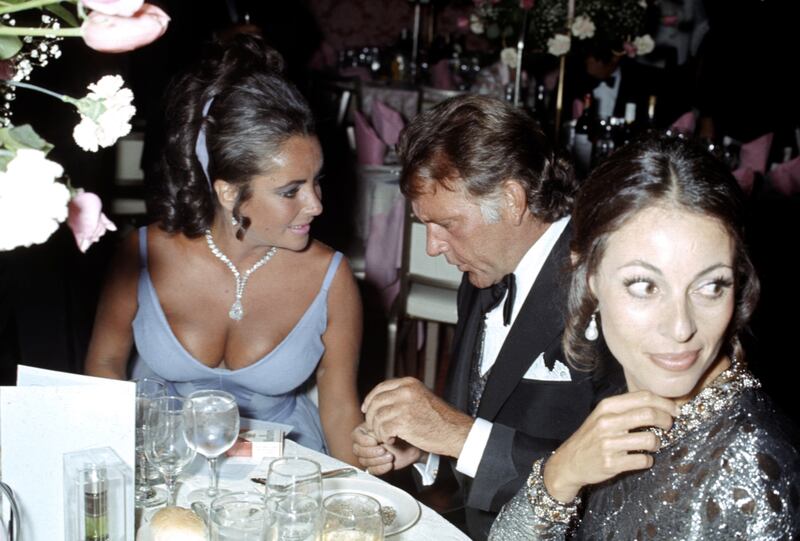


Such a down-and-dirty approach to his work might mean it’s surprising to hear that some of Galella’s photographs belong to fine-art museums, including MoMA, in New York, whose five Galella images include “Windblown Jackie”, perhaps his best-known shot of the former first lady of the United States, from 1971.
For better or worse, as the New York Times comments, Galella, whose style was to be both intimate and aggressive, “helped define today’s boundary-challenged culture of celebrity”, his photographs now “admired for their composition, insight and energy, which sometimes mimicked the kinetics of combat photography”.
The combat was literal when Galella photographed Sean Penn throwing a punch at another photographer on the opening night of a play he was starring in at Lincoln Center, in New York, in 1986. Mick Jagger’s response was less physical, but no less direct, when Galella aimed his lens at a car the Rolling Stone was travelling in with Jerry Hall in 1983.
Galella rarely looked through his camera. Instead he mostly held it at chest height, preferring to make eye contact. ‘You are looking at them person to person. That is greater than the subject looking at the camera, which is a machine’
When he tried to photograph Katharine Hepburn as she returned home from the theatre one evening in 1981, the actor put up her Carnegie Hall umbrella to spoil his view – “Even if she’s private,” Galella said later, “the fact that she shields herself with an umbrella, that picture is interesting. It reflects her personality.” Other reluctant subjects included Woody Allen and Mia Farrow.
Bruce Springsteen knew he was being photographed in 1988, the rain-dotted window of his car artfully highlighting the divide between the real world and the celebrity cocoon, but Galella rejoiced in his most candid images, such as his photograph of Jagger with John Lennon at an American Film Institute event in 1974, which Galella used on the cover of one of his books. Such photos are fine examples of “stargazer art”, as the New York Times puts it, his candid portraits “compared to the photography of Diane Arbus and Henri Cartier-Bresson”.

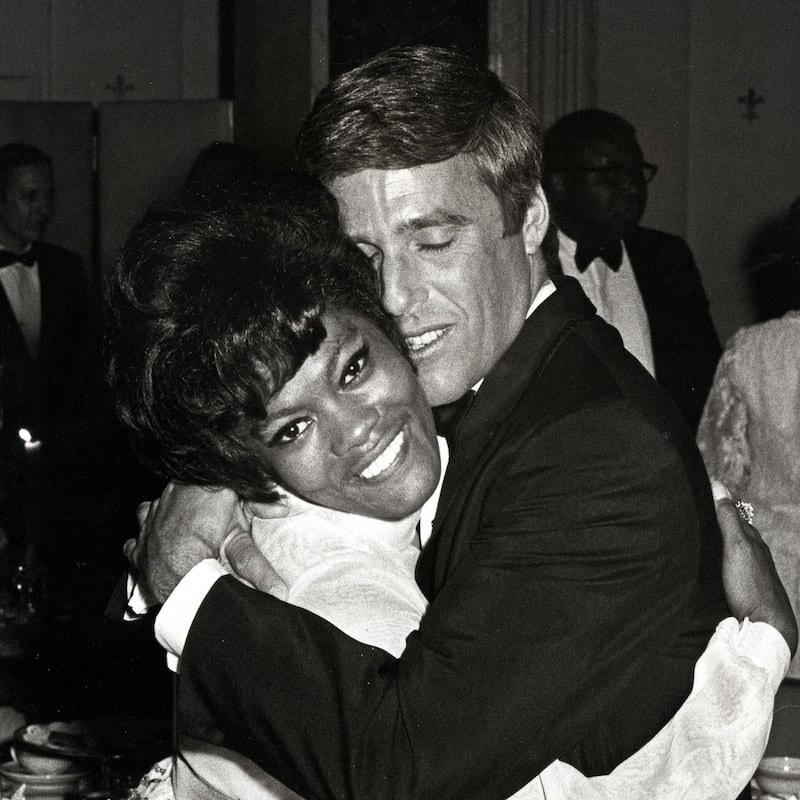

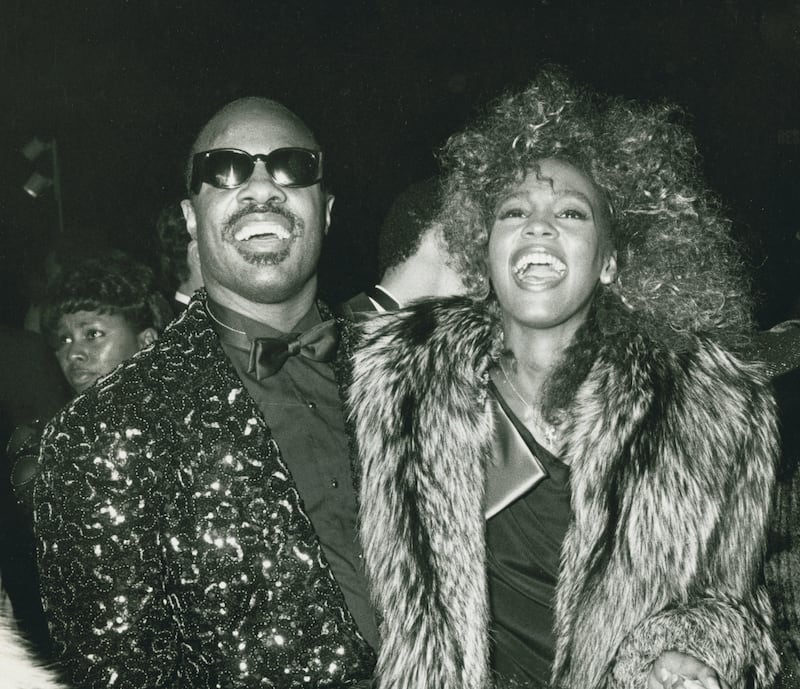
His subjects were often happy for Galella to photograph them: he roamed the restaurants, bars and clubs of New York and Los Angeles to snap partying celebs—Dolly Parton at Studio 54, Stevie Wonder and Whitney Houston at the American Music Awards, Tommy Lee at the Hollywood Palace.
When he captures his subjects in less-than-perfect poses—a young Tom Cruise’s nose looks slightly wonky at an Oscars after party in 1991, and Nicole Kidman’s determined, slightly uncomfortable stare makes her look only too aware that she’s being photographed—it perhaps reminds us that even Hollywood A-listers are just regular people.
The power of Galella’s best pictures may be down in part to the fact that, perhaps ironically for a professional photographer, he rarely looked through his camera. Instead he mostly held it at chest height, preferring to make eye contact with his subjects. “You are looking at them person to person,” he said. “That is greater than the subject looking at the camera, which is a machine.”

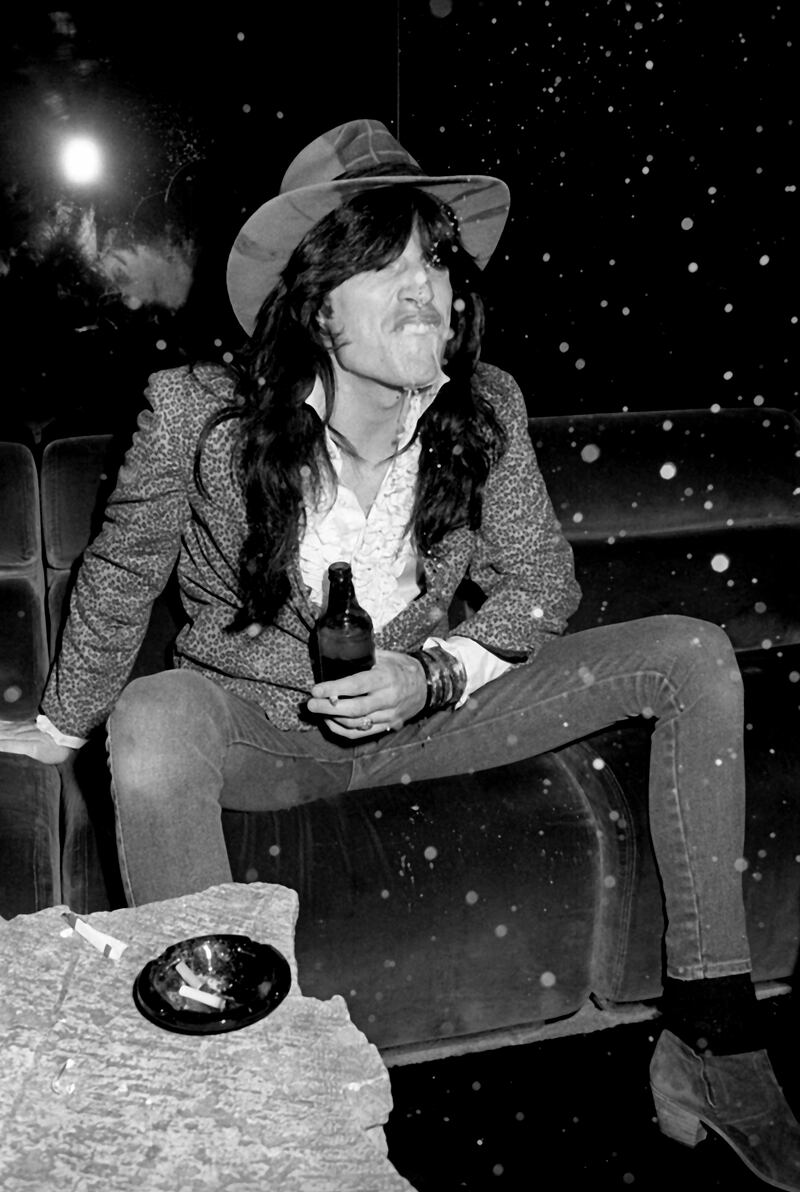


As the New Yorker magazine remarked after the photographer’s death, Galella “sought to catch celebrities with their masks lowered and their auras punctured, but the paradox that animates his best photos is that, whether camera-ready or not, the stars he shot couldn’t help but magnetize—whether thanks to the ineffable glow of fame or, simply, because Galella captured them, a circumstance that created its own kind of intimate halo.”
In one photograph, taken at a Beverly Hills restaurant in 1981, Galella and Muhammad Ali mug for the camera, grinning as they throw a mock punch at each other. As the New Yorker puts it, it “is a perfect metaphor for the mutual imbrication of documenter and documented. Could one ever survive without the other?”











